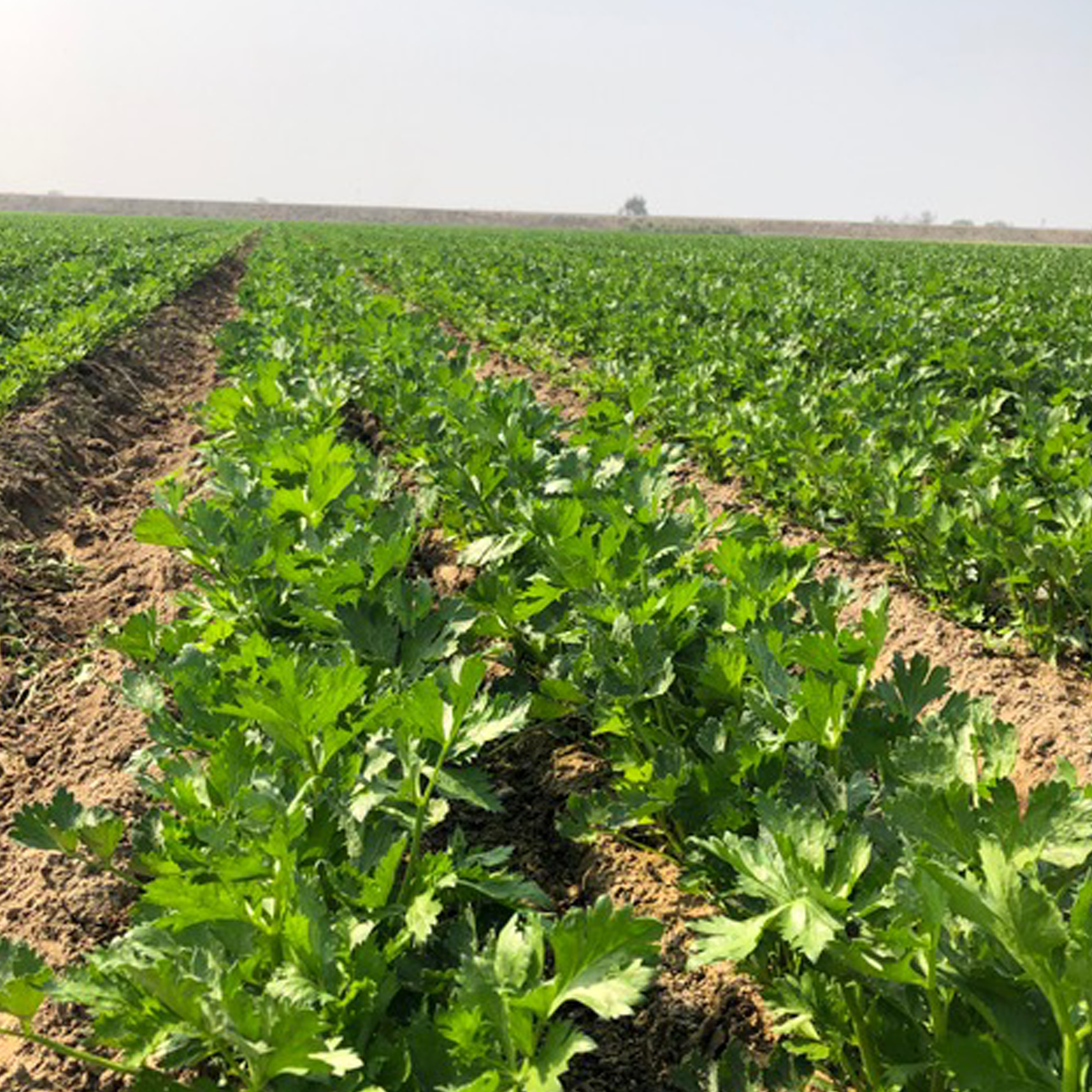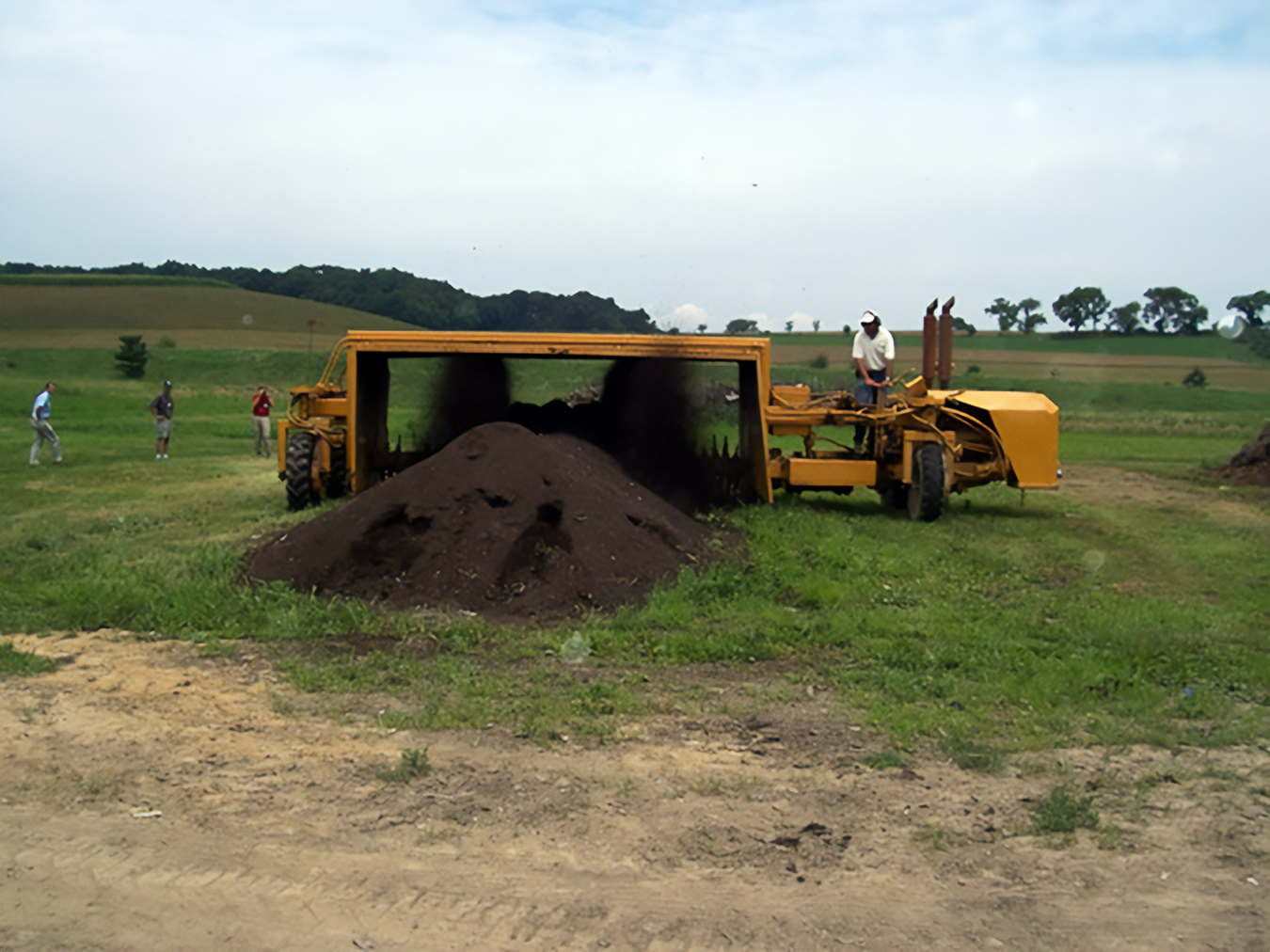Effective organic farming begins below ground in just a few inches of high-quality topsoil. Intuitively, we recognize healthy soil in the spongy give beneath our feet. We can scoop it up, see the dark color and smell the distinctive, rich aroma of organic matter and active microbiology. Bacteria, fungi, archaea, nematodes and nameless other organisms quietly feed and defend our crops against pests and pathogens.
Crop protection challenges every grower, but in organic production, controlling pests and pathogens proves especially difficult. Without synthetic pesticides, root and foliar diseases often take a greater toll, and insect pressure can become overwhelming. While organic crop protection materials provide indispensable support, integrating preventative measures may greatly improve crop quality and yield.
Countless microscopic soil organisms orchestrate dynamic defense strategies against a small fraction of pathogens. By feeding, coaxing and fostering the soil’s beneficial life, organic farmers can turn on ancient defense mechanisms to suppress soil borne diseases and herbaceous insects. Healthy rhizosphere ecosystems evolved over millennia to cope with biotic and abiotic stress. Organic growers can improve crop protection by stewarding healthy soil microbiology. In return, the microbes will diminish disease symptoms by increasing nutrient availability, improving soil quality and inducing plant systemic resistance against pests and pathogens.
Nutrition as Pest Defense
Crop nutrition directly impacts crop protection. Plants rely on essential macro and micronutrients throughout their life cycle not only to support growth, but also to defend against invading pests and pathogens. In conventional farming, growers can apply precise quantities of macro and micronutrients in plant available form. Organic growers must rely on soil microorganisms to break down complex organic matter into simple, plant available nutrients.
Nitrogen, phosphorus, potassium and micronutrient availability depends on how quickly and effectively the soil microbes can metabolize and release nutrients. Microbial activity depends on soil moisture, temperature, carbon to nitrogen ratio and many other factors. Growers can create a soil environment conducive to microbial nutrient cycling by feeding microbes plenty of carbon, keeping the carbon to nitrogen ratio around 20:1 and keeping the soil moist but not saturated. Organic growers feed the microbes and the microbes feed the crops. Supplying frequent, moderate doses of liquid organic fertilizer can also stabilize nutrient availability, preventing spikes and crashes caused by high rates of manure or pre-plant fertilizer.
Nitrogen is the most limiting nutrient to crop growth and, without an adequate supply, development slows, and plants often suffer increased damage from disease and pests. Providing enough N to meet demand at critical growth stages will help seedlings mature quickly and develop strong root systems resilient against disease. Too much nitrogen can be equally damaging. Excessive N increases vegetative growth, and pests and pathogens are drawn to the crop to feed on succulent, tender young tissue2. Frequent leaf and soil tests can help determine N availability and fertilizer requirement.
Phosphorus availability also affects disease suppression. P is critical to root development, so supplying adequate available P will help plants develop mature root systems as quickly as possible to evade infection during their vulnerable infancy2. P availability greatly depends on pH, so adjusting the soil pH to around 6.5 with sulfur, lime or lots of organic matter can help support healthy root development. Adding too much P can harm crop growth and disease suppression, limiting the growth of some beneficial fungi that can outcompete or inhibit pathogens. Beneficial fungi also aid nutrient and water uptake, indirectly proving disease management by facilitating vigorous growth. Excessive P also decreases zinc availability, potentially causing deficiency symptoms that increase pest and pathogen damage.
Potassium, calcium and micronutrients play critical roles in cell wall stability and plant defense. Deficiencies lead to cracks and damage in cell walls and membranes, giving pathogens entry points into the plant. Fertilizing with adequate K, Ca and micronutrients builds thick, protective cell walls rich in lignin and suberin that resist breakdown by enzymes released by attacking pathogens. Nutrient deficiencies also cause sugars and amino acids to build up in cells because the plant does not have the nutrients needed to transform simple building blocks into complex carbohydrates and proteins. Sugars and amino acids leak out of weak cell walls, attracting and feeding pests and pathogens.
Soil Quality
Microbial activity and organic matter influence disease suppression by improving many aspects of soil quality including structure, pH, cation exchange capacity and water holding capacity. Good soil structure with stable aggregates and plenty of pore space favor healthy root growth and beneficial microbial colonization. Fusarium wilt often occurs in acidic, saturated soils when pathogenic fungi prey on oxygen-starved roots. Without adequate porosity, crops either get too much or too little moisture, making them weak, inhospitable to beneficial microorganisms and susceptible to pathogenic attack. Maintaining structured, well-aerated soils gives roots the best opportunity to grow and develop strong beneficial microbial associations. The good fungi and bacteria will occupy space on the roots and adjacent soil, competitively inhibiting pathogens and parasites.
Soil microorganisms are ecosystem engineers that modify their surroundings to suit their needs. Fungi and bacteria excrete sticky substances that bind soil particles together, creating aggregates and pore spaces that facilitate water, nutrient and air flow. By cover cropping and applying compost and carbon-rich organic fertilizers, growers provide a food source to fuel microbial growth and soil structure development. Over time, fungal and bacterial colonies will change the soil’s physical and chemical characteristics, creating an environment suppressive to pathogens.
Organic matter also contributes to disease management by increasing water holding capacity and cation exchange capacity. Organic matter has a very high water holding capacity compared to the mineral fraction of soil. Organic matter soaks up water like a sponge, slowly releasing moisture without suffocating plant roots. Organic matter also has very high cation exchange capacity, meaning it can attract and hold positively charged plant nutrients such as ammonium, potassium and calcium. Improved nutrient and water holding capacity provide plants with plenty of nutrients needed for vigorous growth and defense against stress.
Induced Resistance
Increasing soil microbial activity also helps fight biotic stress by activating the plants’ “induced resistance” against attacking organisms. Researchers describe two main types of induced resistance – Systemic Acquired Resistance (SAR) and Induced Systemic Resistance (ISR). Both forms activate plant defense genes and enhance protective mechanisms. SAR increases salicylic acid levels and is associated with accumulation of pathogenesis-related (PR) proteins.
Many different microorganisms and some abiotic chemical compounds can activate SAR. ISR relies on activation by plant-growth promoting rhizobacteria (PGPR) such as some types of Pseudomonas living symbiotically in the root system5. ISR also differs from SAR in defense mechanism. ISR is associated with the plant hormones jasmonic acid and ethylene and does not cause an accumulation of PR proteins. Both types of resistance prime the plant to recognize and strongly respond to a wide range of pathogens by launching chemical and physical defenses against infection.
Build Suppressive Soils
Pest or pathogen presence alone does not inevitably result in disease. The interaction between pathogen, host and the surrounding environment determines the outcome. Effective organic crop protection requires altering the soil environment and caring for the crop in ways that favor beneficials and suppress pathogens. Growers can promote healthy soil ecosystems by adding carbon with cover crops, compost and organic fertilizers. Following nutrient management plans based on soil and leaf tests will provide the nutrition needed to support vigorous growth and systemic resistance to biotic stress. Finely tuned nutrient management and pathogen suppressive soils will bolster crop growth and maximize the plants’ innate ability to ward off pests and disease.
Eryn Wingate is an agronomist with Tri-Tech Ag Products Inc. in Ventura County, Calif. Eryn creates nutrient management plans for fruit and vegetable growers to improve yield and crop quality while promoting soil health and environmental protection.
Sources
1. Chandrashekara, C. & Kumar, Ravinder & Bhatt, J.C. & Kn, Chandrashekara. (2012). Suppressive Soils in Plant Disease Management. 10.13140/2.1.5173.7608.
2. Christos Dordas. Role of nutrients in controlling plant diseases in sustainable agriculture. A review. Agronomy for Sustainable Development, Springer Verlag/EDP Sciences/INRA, 2008, 28 (1), pp.33-46. ffhal-00886444f.
3. Gupta N., Debnath S., Sharma S., Sharma P., Purohit J. (2017) Role of Nutrients in Controlling the Plant Diseases in Sustainable Agriculture. In: Meena V., Mishra P., Bisht J., Pattanayak A. (eds) Agriculturally Important Microbes for Sustainable Agriculture. Springer, Singapore. https://doi.org/10.1007/978-981-10-5343-6_8.
4. Huber, D.M & Haneklaus, Silvia. (2007). Managing nutrition to control plant disease. Haneklaus / Landbauforschung Völkenrode. 4.
5. Vallad, Gary & Goodman, Robert. (2004). Systemic Acquired Resistance and Induced Systemic Resistance in Conventional Agriculture. Crop Science – CROP SCI. 44. 10.2135/cropsci2004.1920.






